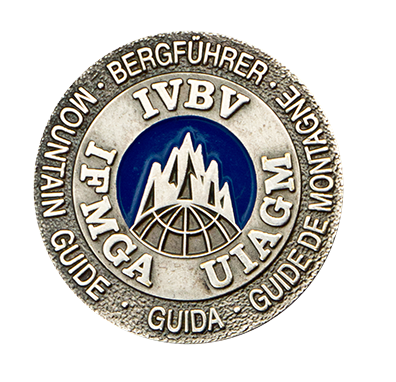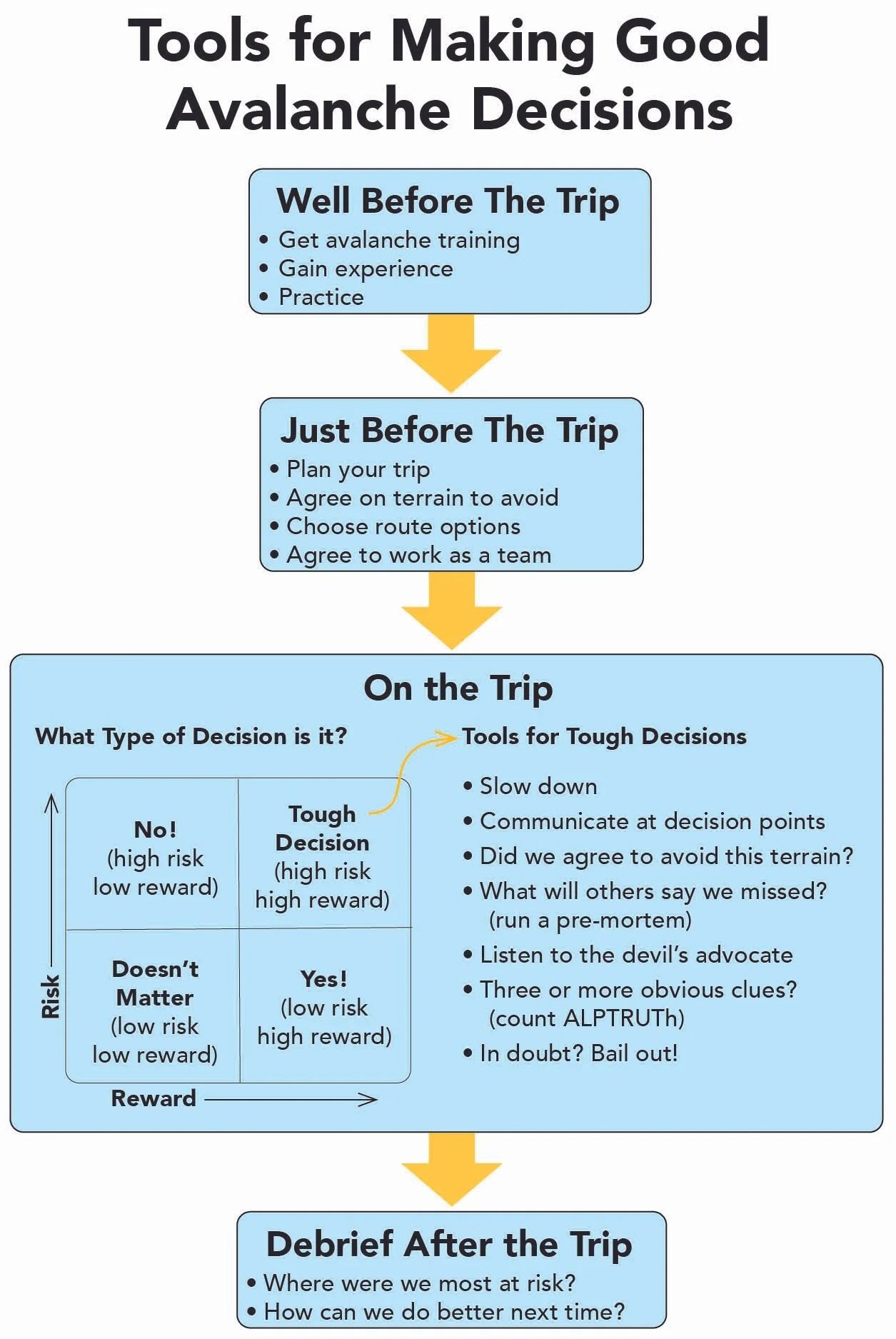Have you ever started reading an article about avalanches only to find your mind wandering to distant powder slopes? You wanted to know more, but the article wasn’t worth the effort. Why?
Avalanches are hard to understand because they are complex events. They result from a soupy mix of terrain, weather, and snowpack. Add humans to the mix and avalanches become even more complex. For these same reasons, the very nature of avalanches makes them difficult to capture in words. Like legalese (legal writing that is hard to understand) and academese (excessive jargon in some academic writing), avalanchese is difficult to read and fails to increase safety.
Here is a real example of avalanchese:
By offering an interpretation tool for the PST, we aim at enabling the immediate assessment of PST outcomes and at facilitating comparability between different geographical locations, terrain features, snowpacks conditions, etc., enhancing the transferability of these stability tests to potential hazards.
In contrast, if the writing is good—easy to read, relevant, and concise—avalanche professionals can share information more effectively to increase the safety of backcountry skiers. Written better, the avalanchese above might look like this:
We present a method to interpret the propagation saw test for different locations, terrain features and snowpacks. This method can help forecasters compare results and use those results to better predict avalanche danger.
Write for Your Readers
Good writing requires that you write for your readers. Unless you’re journaling for yourself, keep your readers' level of knowledge in mind as you write. Doing this is difficult for experts because of what Steven Pinker in A Sense of Style calls the curse of knowledge. “It simply doesn’t occur to the writer that her readers don’t know what she knows. And so she doesn’t bother to explain the jargon, or spell out the logic, or supply the necessary detail.” Avalanche professionals, who know the topic well, often forget what it’s like to not understand avalanches.
The following are specific ways to avoid the curse of knowledge so that your readers will actually read your stuff (article, paper, post, or observation), and have a better chance at applying it to their own practice.
1. Avoid Zombie Nouns
Unintelligible academese, legalese, and avalanchese are full of zombie nouns. Zombie nouns are simple words (e.g. compact) that have been turned into longer, more abstract words (e.g. compaction) by tacking on “-ion” or “-ize.”
Documentation of observations is important when ski guiding. → Ski guides should document what they observe.
Compaction and stabilization of the slope is necessary. → The slope must compact and become more stable.
Zombie nouns tend to make your readers struggle to understand what you are saying. Your potentially life-saving writing will collect dust in the avalanchese stacks. Strive to use the simplest form of the word, which is the easiest to read and understand. Avoiding these zombie nouns also helps you avoid the passive voice and other pitfalls of writing—more on that below.
2. Avoid Abbreviations
Sure, pack your notes and emails to cohorts with abbreviations, but when writing for the rest of us, please spell it out. Words instead of abbreviations let the sentence flow, pulling your readers through your writing. Unless an abbreviation is part of mainstream language—ETA, LSD—write it out the first time you use it, for example, “extended column test (ECT)”. Write it out again if it hasn’t been used in a while. If it’s short when written out, then just write it out every time.
We measured ECTP on SW. → The extended column test propagated on southwest aspects.
I took a Rec 1 from OMS. → I took a recreational level 1 avalanche course from Oregon Mountain School.
3. Use the Active Voice
When possible, avoid passive verb forms of “to be” —is, was, were, there is, and there was. Speak directly to the reader in the active voice. In the active voice, the subject of the sentence performs the action expressed by the verb. Get rid of the verb “to be,” rearrange the sentence, and it becomes direct and vigorous. Also, if you, the writer, are doing the action, using the pronouns “I” or “we” will give your sentences life and make them easier to understand. For example,
The food was eaten by the cat. → The cat ate the food.
The observation was conducted... → We observed...
Pits are dug by the forecaster. → The forecaster digs pits.
Write as you would speak to your readers. Read aloud what you’ve just written. If it sounds turgid, pompous, or incoherent, fix it. Change the wording so that it flows in a natural way. Speaking your written words also helps detect when to switch to the active voice.
4. Use Simple Words
If several words have the same meaning, use the simplest, most specific, and familiar, and use it consistently. Avoid ambiguous and abstract words in favor of concrete words that explain ideas in terms of human actions and sensory information. For example,
AIARE 1 → level 1 avalanche course
manage → reduce, avoid
mitigate → get rid of
Other ways to simplify wording include,
at this point in time → now
due to the fact that → because
a large quantity of → many
Writing with concrete and simple words shows that you know the subject, want your topic to be understood, and care about your readers. Add a few words to define technical terms. Even knowledgeable readers find comfort in already knowing some of what you are telling them. Plus, your writing will actually be readable and applied.
5. Rewrite, Let it Cool, and Share
Putting words on paper is just the start. First drafts are rarely clear enough to get your message across. The meat of writing is rewriting, followed by rewriting, and then rewriting again and again. Eventually, your writing will appear perfect. It will make total sense and you’ll understand exactly what you’re trying to say. The problem is you’ve become blind to your writing. Let your article cool off for a day or two, then revisit it with fresh eyes. Better yet, let it sit for a week or a month before rewriting. You’ll be surprised by the gobbledygook you wrote earlier.
Another important step is to share your draft with readers who you respect, partners or coworkers. They don’t need to be experts in your field; you simply want them to be able to understand your writing. Listen to what they say. If you feel like you need to explain something to them, go work on that sentence. If they say, “I think I understand what you’re saying,” they don’t. Go work on that part of your writing. If they only say, “Looks great!,” thank them and go find a more critical reviewer who will help improve your writing.
References
Chip Heath and Dan Heath, 2007, Made to Stick.
Steven Pinker, 2014, A Sense of Style.
William Strunk and E. B. White, 2000, The Elements of Style.
Helen Sword, 2012, Nominalizations Are Zombie Nouns, The New York Times.
Thank you for helping with this article: Emma Walker, Lynne Wolf, and Molly Stock.











